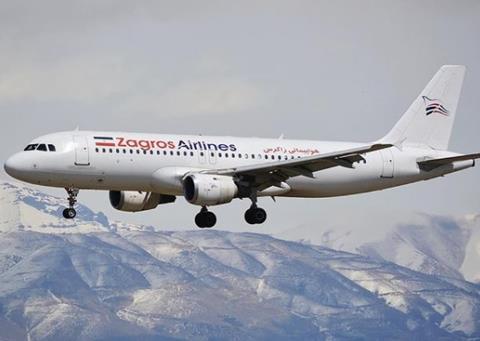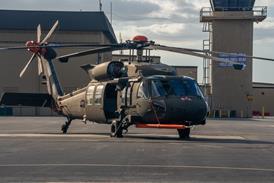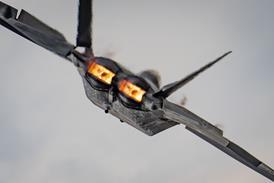Iranian investigators believe an issue with minimum height thresholds in the vicinity of Tehran’s Mehrabad airport contributed to an incident in which an Airbus A320 crew responded to a ground-proximity warning on approach.
The Zagros Airlines aircraft was operating from Ahvaz on 10 January this year, and cleared for the SAV 1N approach.
It was instructed to descend to 6,000ft and vectored by the radar controller in relation to the KAZ beacon in order to intercept the ILS for runway 29L.
But Iran’s Civil Aviation Organisation states that, at a distance of 9nm from the runway, the aircraft stopped descending at 6,300ft and instead climbed to 8,000ft.
The inquiry says the pilots informed that they had received an alert and ‘pull up’ order from the ground-proximity warning system.

Analysis of minimum heights in the ASMAC aeronautical charting system gives a figure of 6,000ft in the vicinity of the Bibi Shahrbanoo mountain, some 18km south-east of the airport, which rises to 5,036ft – meaning there is less than the typical 1,000ft separation.
There is an airspace border in the vicinity across from which the minimum altitude rises to 7,500ft.
According to the inquiry, if the controller applies the 7,500ft minimum, the aircraft will be high in comparison to the ILS approach path but, if the 6,000ft minimum is used, a terrain warning could be generated by the Bibi Shahrbanoo peak, depending on the aircraft’s descent rate.
Within about 10min of the incident the aircraft (EP-ZAV) was established on the ILS and landed safely on runway 29L.
The inquiry attributes the event to the “complexity” of determining minimum heights for the Mehrabad approach, given the “high capability” of modern ground-proximity warning systems in predicting potential conflicts through the analysis of flight parameters.
Investigators examined previous similar incidents in which crews received alerts despite having sufficient separation from obstacles, ruling out jamming or disturbance of satellite navigation systems.


























